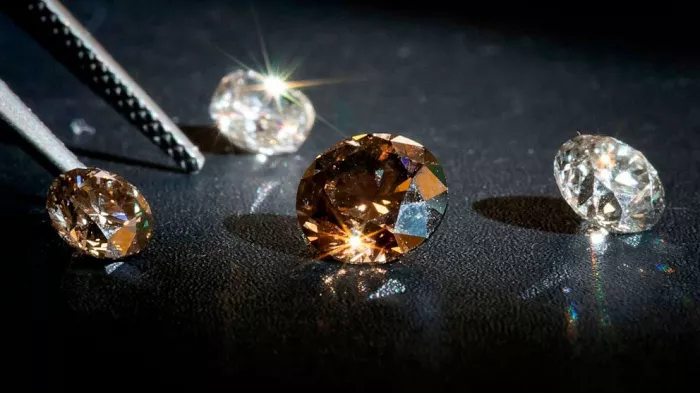At the recent JCK Las Vegas jewelry show, De Beers’ CEO Al Cook made a significant announcement. The renowned diamond company is shifting its focus away from producing lab-grown diamonds (LGDs) for jewelry and will instead concentrate on their industrial applications.
Strategic Shift
For the past six years, De Beers has explored the LGD jewelry market through its Lightbox brand. However, after thorough evaluation, the company decided that the economics of LGDs for jewelry do not justify continued investment. CEO Al Cook explained, “As the value of lab-grown diamonds continues to fall, they are becoming more suitable for lower-priced fashion jewelry rather than meaningful pieces meant to celebrate key life moments.”
The company aims to clearly distinguish between lab-grown and natural diamonds in the jewelry market. This decision aligns with their strategy to leverage the technological potential of synthetic diamonds. Cook stated, “We see the main long-term opportunities for synthetic diamonds in a range of exciting technology applications, such as 6G technology, semiconductors, and quantum computing, due to their extreme physical properties.”
Focus on Industrial Applications
De Beers’ subsidiary, Element Six, has been leading the production of LGDs using chemical vapor deposition (CVD) technology for Lightbox. Now, Element Six will focus entirely on industrial uses for synthetic diamonds. As the cost of synthetic diamonds continues to drop, new opportunities for their use in advanced technologies emerge. Element Six is currently collaborating with Amazon Web Services on quantum computing and working with the Department of Defense on advanced military communication and electronics applications.
Consolidation and Cost Efficiency
To support this strategic shift, De Beers will consolidate Element Six’s production into its state-of-the-art $94 million plant in Portland, Oregon. Cook said, “This starts with concentrating all our resources in a single world-class CVD hub.” Additionally, De Beers plans to streamline other corporate operations to achieve over $100 million in annual cost savings.
Economic Rationale
The decision to exit the LGD jewelry market is based on economic realities. According to Edahn Golan Tenoris data, LGD prices have fallen dramatically – a 34% decline in wholesale prices and a 25% drop at retail from January 2020 to April 2024 for two-carat stones. In contrast, natural diamond prices are expected to rise by 3% to 5% compound annual growth rate (CAGR) through 2032 due to tightening supply.
Future Outlook
This move is part of De Beers’ broader Origins strategic plan, aiming to boost EBITA growth to nearly $1.5 billion by 2028, up from under $100 million in 2023. By focusing on natural diamonds and leveraging the technological advantages of synthetic diamonds, De Beers is positioning itself to lead in both the jewelry and industrial markets.
This strategic pivot highlights De Beers’ commitment to innovation and market leadership. By realigning its resources and expertise, the company is set to redefine the role of diamonds in both traditional and emerging markets.


